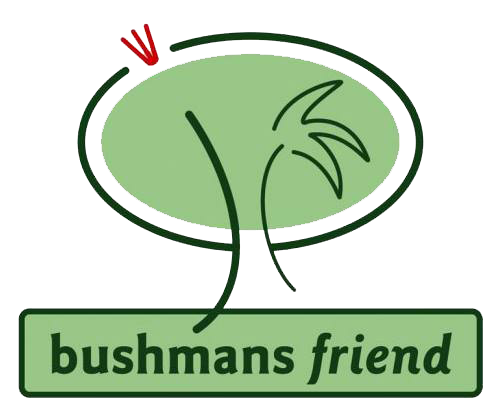
Recommended Books A practical field guide to New Zealand's native edible plants. Andrew Crowe Gardener's Encyclopaedia of NZ Native Plants by Cave, Paddison Trees and Shrubs of New Zealand by Poole and Adams The Reed Field Guide to New Zealand Native Trees by J.T. Salmon
|
Dioecious plants have male and female flowers on separate plants. Exotic plants that this occurs in include Kiwi fruit and Cannabis sativa which have male and female plants. A characteristic of the The New Zealand flora is the high % of plants that have the sexes on separate plants (dioecious). Approx 12-13% of our flora are dioecious. (Britain 2-5%, South Australia, 3.9%., Hawaii 5%). However in any plant association there may be up to 50% of the individuals who exhibit dioeciousness
The significance of dioeciousness to the propagator of seeds is that female plants need to be sourced if seed is to be collected.
Dioeciousness of plants account for the variability in seeding from year to year that some species exhibit because seeding will be determined by synchronising the time at which the male and female parts are functional. Rimu may go 7-12 years before seed on females is produced in abundance. These years are termed mast years.
As a male tree may be some distance from a female tree, the environmental conditions that determine flowering would be more variable in separate trees than the same tree. There is more likelihood of reproductive failure if the nearest tree of the opposite sex is some distance away. The fact that pollen from a distant tree must fertilise a female tree may put the successful reproduction and production of viable seed under stress. Logging of a population, and a reduction in total density of the adult trees and total gamete production will reduce the likelihood of fertilisation . This seems to be the case in Monoao( Dacrydium kirkii), a dioecious species of conifer that grows in Northlands kauiri forests.Monoao has become relatively rare in the wild with its natural range vastly reduced to remnant populations in Coromandel, Northland and Little Barrier Island.
The ratio between the number of plants of a species that are male or female will influence the availability of seed of the dioecious species.
If a plant is grown for the beauty of its seeds (Porokaiwhiri) or flowers (Clematis) growing from seed will produce some individuals who are not of the desired sex. In these cases reproduction by cutting is suggested.
A significant excess of males or females may exist in natural populations. Usually Coprosma have more males than females in their populations.
A feature related to separate male and female trees is Sexual dimorphism. This is that male plants have different form or shape than females. Of course in most animals this is obvious with the male having a different body shape to females. In plants however it is less obvious but does exist. Male Coprosma show broader leaves to female Coprosma.
Articles